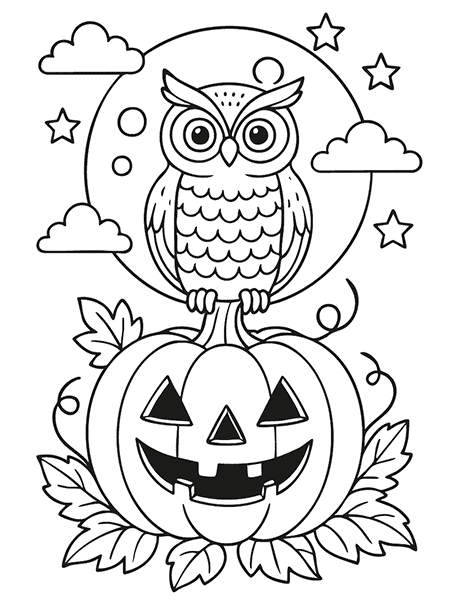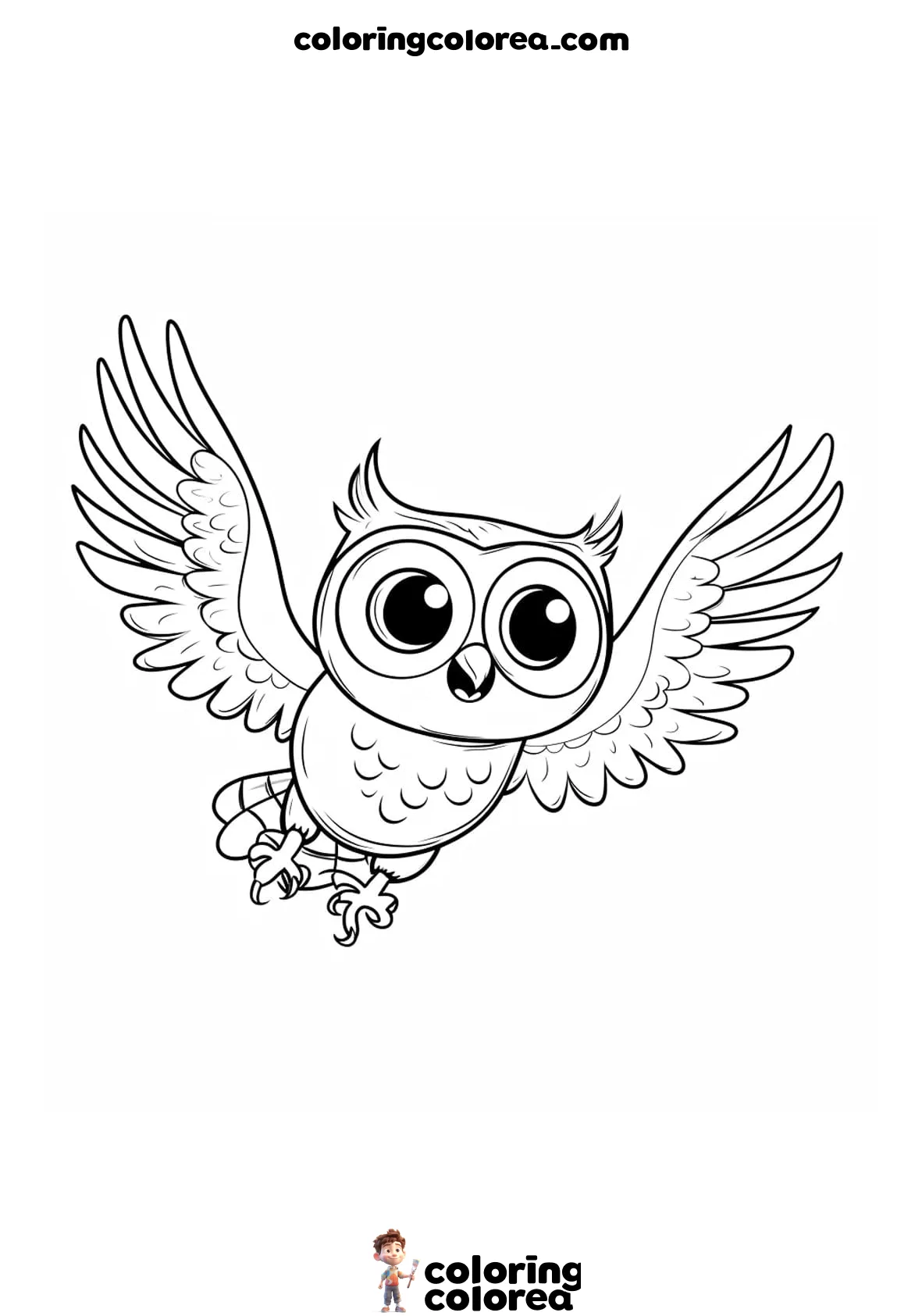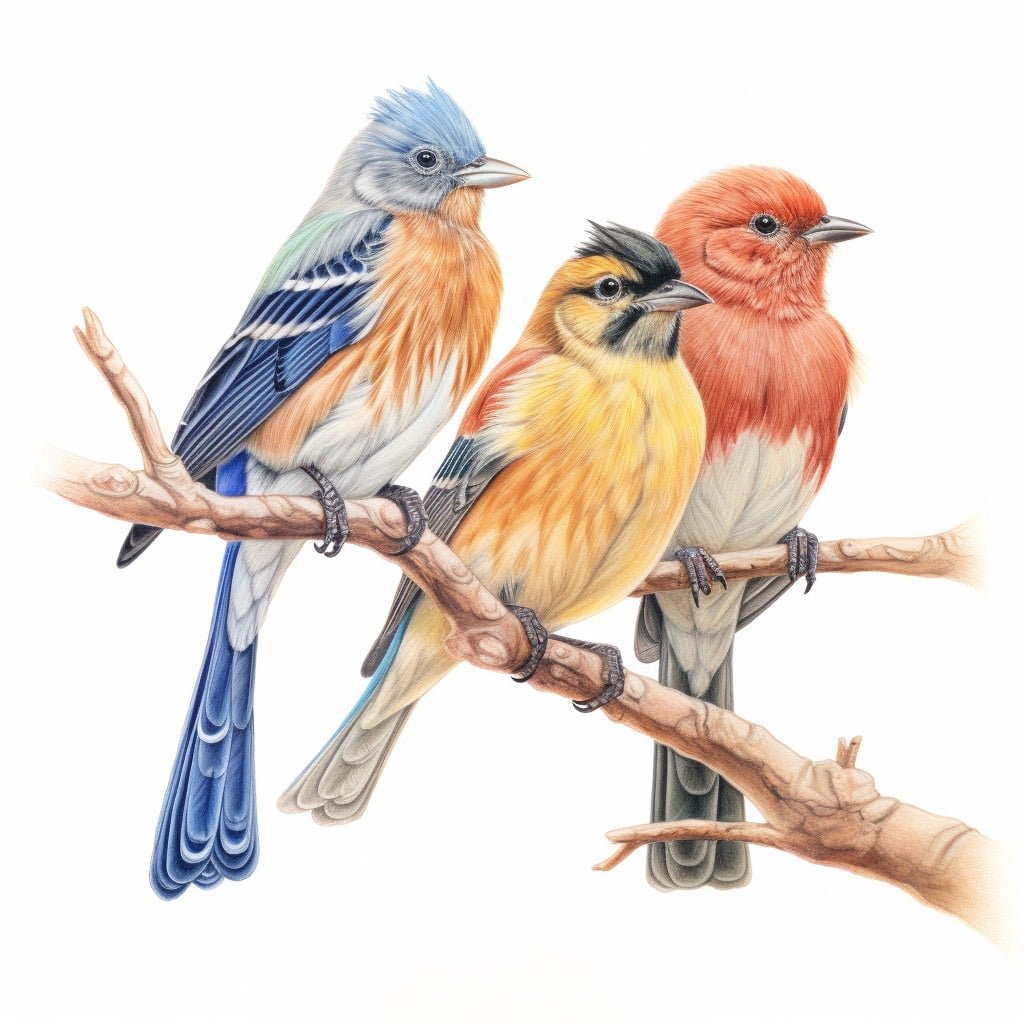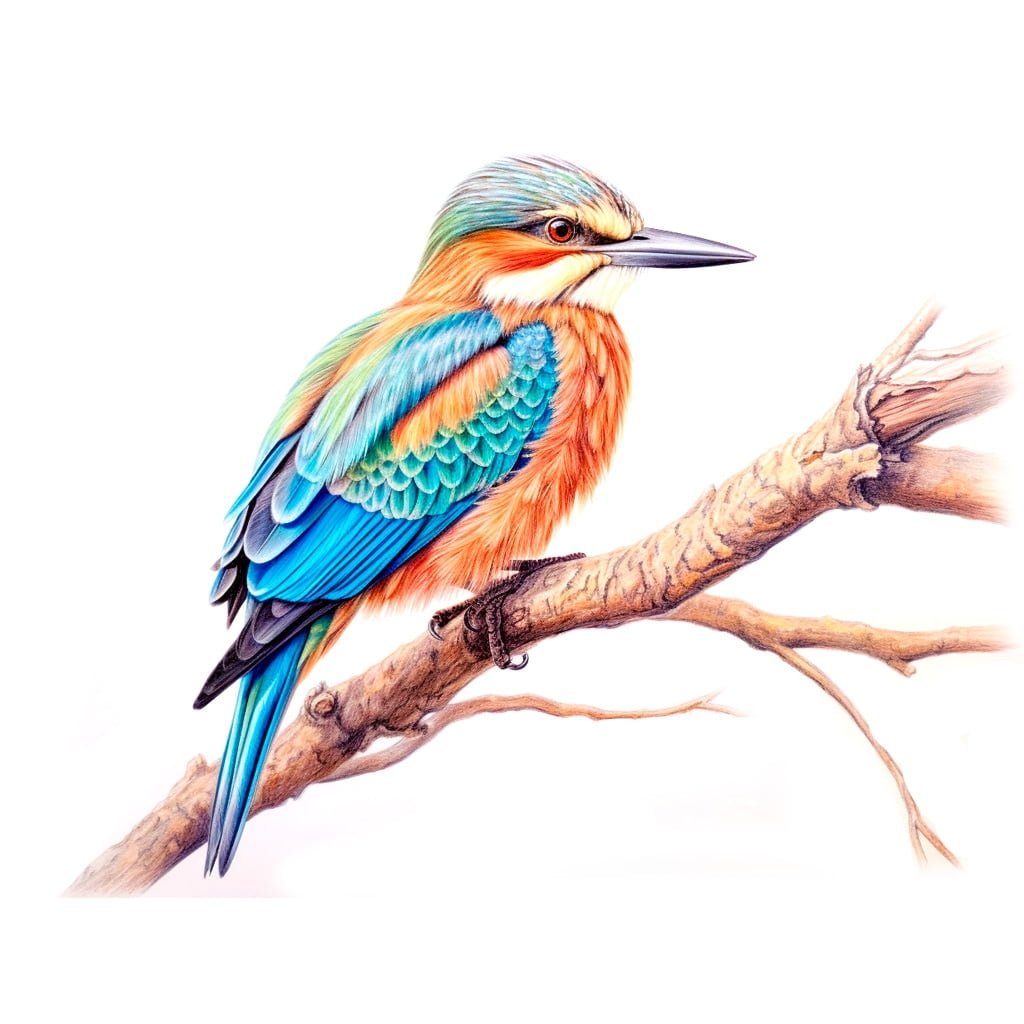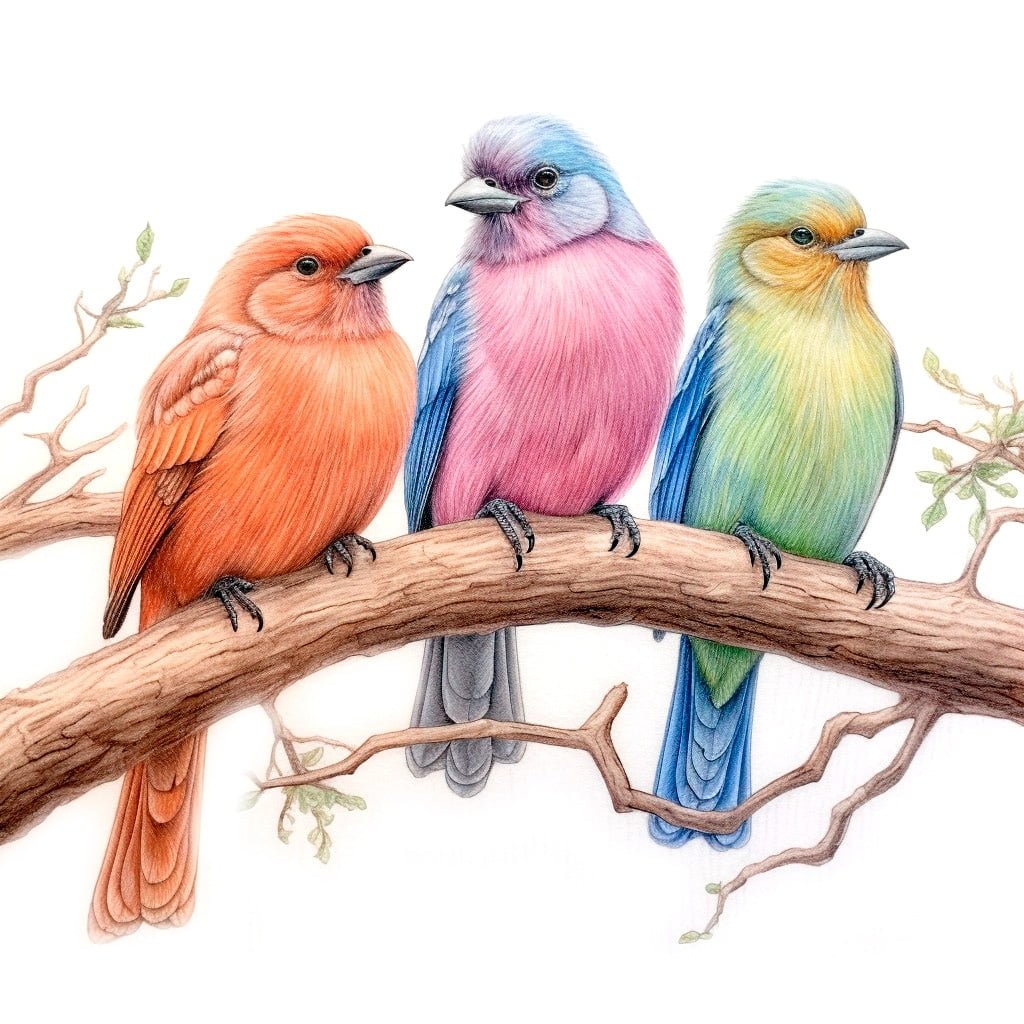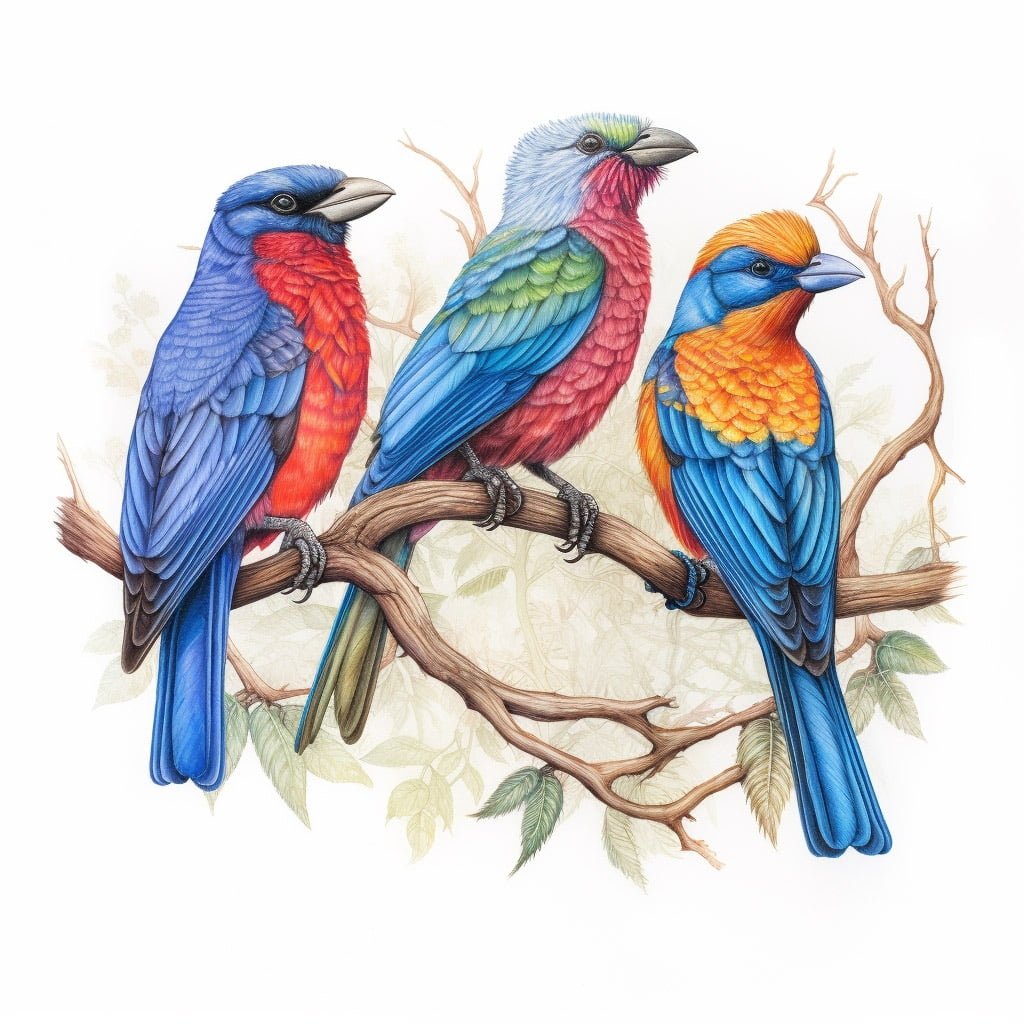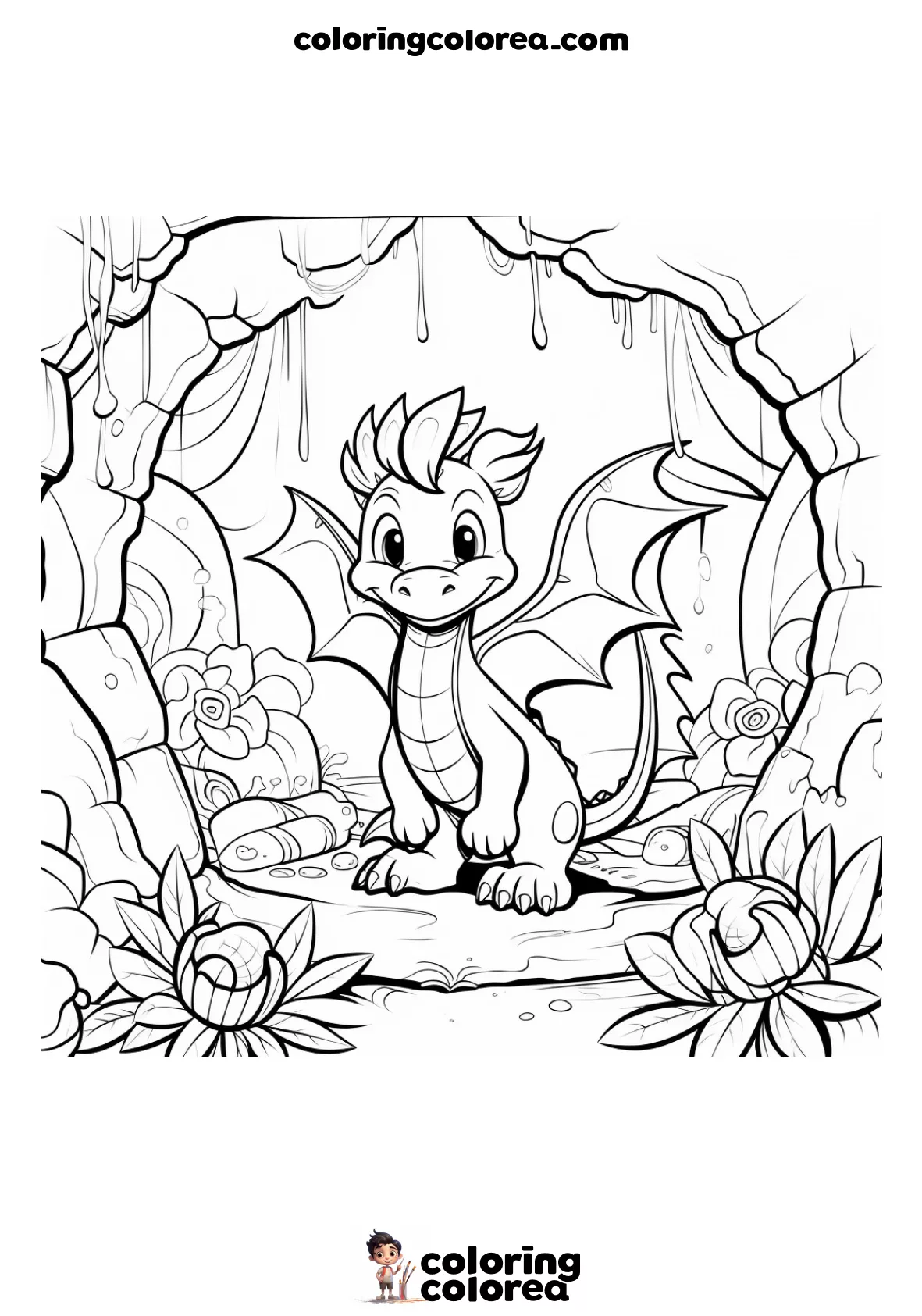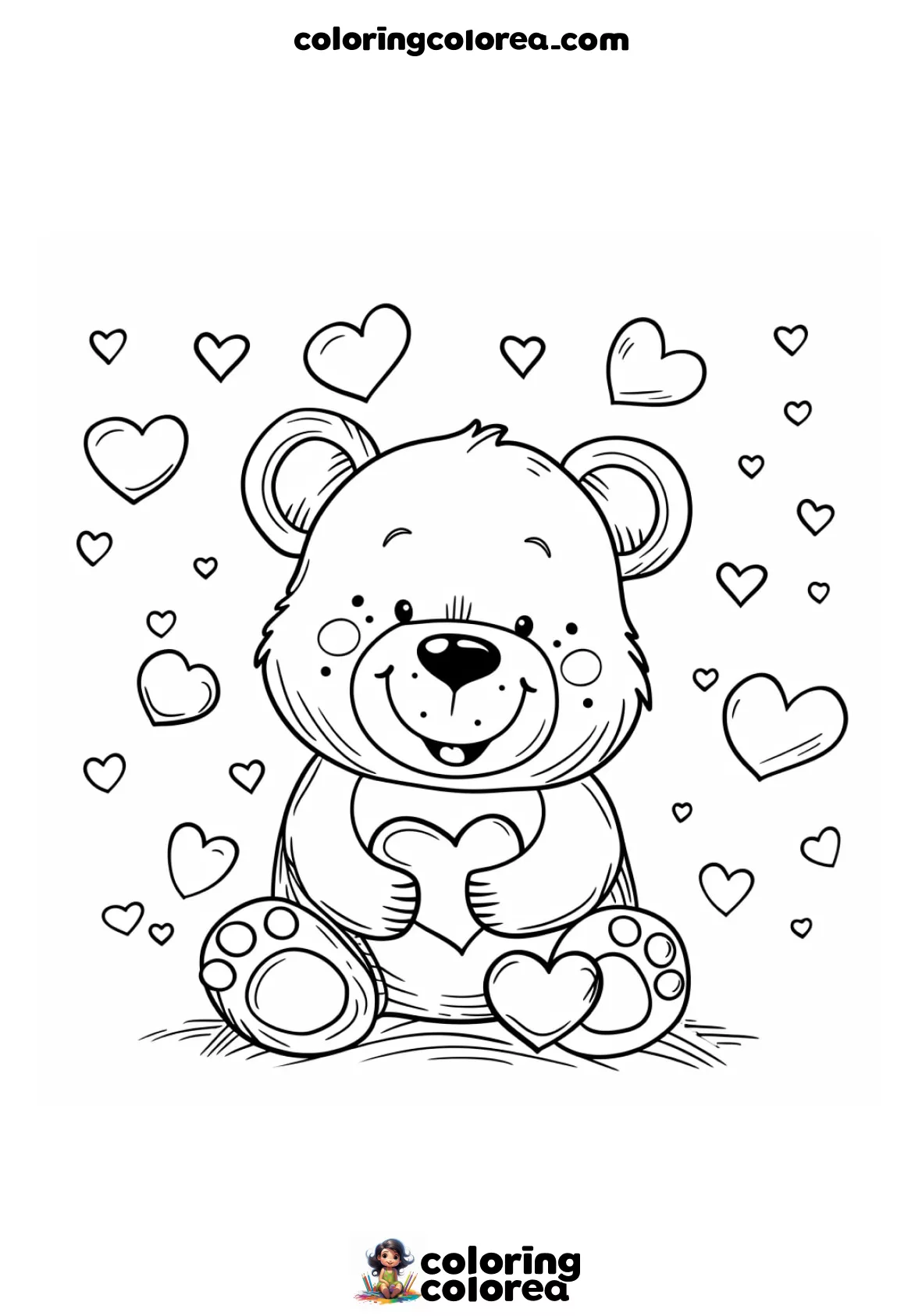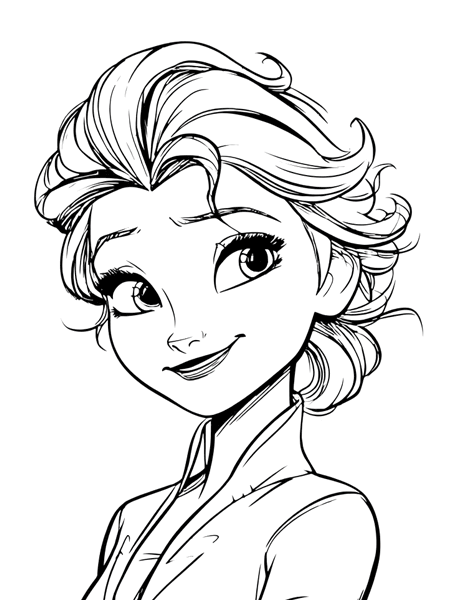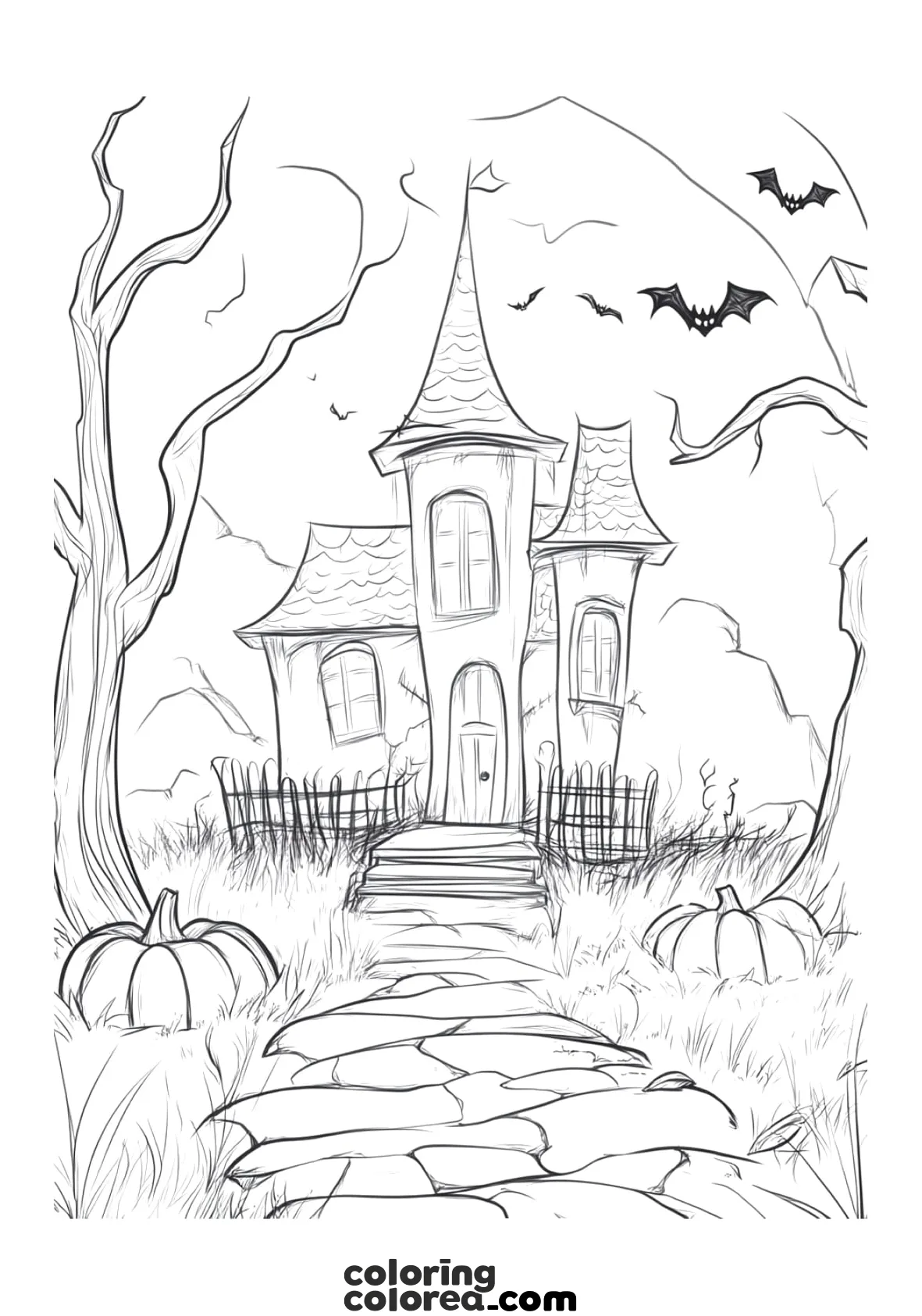Tips and tricks for colouring Northern Flicker – Woodpecker
Look closely at the drawing. Can you see all the details of its feathers? Woodpeckers often have very beautiful colors, like they are wearing a fancy suit!
- The body: We can imagine its back and wings are brown or gray, with little stripes or spots that help it camouflage among the tree branches. You can use shades of brown and gray to make it super realistic!
- The chest and belly: Sometimes they have a lighter chest, even whitish, with very characteristic dark spots. Look carefully at the drawing to see where those little spots are!
- The head: Here comes the fun part! Some woodpeckers have a very striking red cap on the back of their head. If you want, you can give it a splash of color with a bright red! Its face can be a lighter color, like beige or light gray.
- The beak and legs: Its beak is strong and pointy, perfect for pecking wood. You can color it dark gray or even black. Its legs are strong for gripping branches – imagine them brown or gray!
Don’t forget the details! Look at the lines that mark the feathers; you can cover them with a darker color to make them stand out! And the eye – give it a little dot of light to make it look alive!
Use the colors you like the most and let your imagination fly! No two woodpeckers are exactly the same!
Let’s Observe Real Birds!
Watching birds in nature is like being wildlife detectives. It’s super exciting! Here are some tips to become expert bird watchers:
- Patience, lots of patience: Birds are fast, and sometimes they hide. You have to wait calmly and observe carefully!
- Silence, please: Loud noises can scare them away. Try to talk quietly or stay silent so you don’t frighten them!
- Eyes and ears wide open: Don’t just look, listen too! Many birds sing or make characteristic sounds that will help you find them.
- Camouflage a little: If you wear clothes in colors that look like nature (greens, browns), it will be harder for them to see you, and you can get a little closer!
- Use binoculars (if you have them): They’re like a magic magnifying glass for seeing birds up close without disturbing them! Ask an adult for help using them.
- Look in different places: Birds live in many places: parks, gardens, forests, lakes… Each place has its own birds!
- Don’t disturb them! Remember that birds are wild animals. Don’t try to touch them, feed them (unless an adult says you can and how to do it correctly), or get too close to their nests. We just want to observe them and learn from them!
- Draw and note what you see: Carry a notebook and a pencil to draw the birds you see and write down what they look like, what colors they are, where you found them… It will be like having your own ornithologist’s diary!
- Ask the grown-ups: If you see a bird you don’t know, ask an adult who knows about birds. There’s always a lot to learn!
Enjoy nature! Observing birds is a wonderful way to connect with the natural world. Have fun and marvel at the beauty of these winged creatures!

